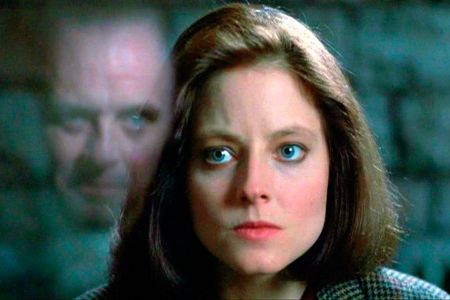Innovation

|
- “Major innovation comes, most of all, from the unexplored no-man’s land between the disciplines.” — Norbert Wiener, quoted by James Burke
If you are want to wreak innovation at your shop, consider yourself Clarice. Face up to your Lecter.
- Lecter: First principles, Clarice. Simplicity. Read Marcus Aurelius. “Of each particular thing ask: what is it in itself? What is its nature?” What does she need, this legal eagle you talk about?
- Clarice: To innovate!
- Lecter: No! That is incidental. What is the first and principal thing a lawyer does? What needs does she serve by “innovating”?
- Clarice: Er ... chatbots? ... document assembly? ... legal reference data? ... MIS... Sir —
- Lecter: NO! She covers! That is her nature.
- Clarice: Covers? Covers what?
- Lecter: ARSE Clarice, ARSE! And how do we cover arse, Clarice? Do we seek out arse to cover? Make an effort to answer now.
- Clarice: No. We just...
- Lecter: No. We begin by covering the arse we see every day. OUR OWN ARSE, Clarice. Don’t you see people extemporising to explain why it wasn’t their fault? And don’t your make excuses to avoid responsibility for the things you didn’t pay attention to?
Every story can be boiled down this: once there was a problem and, for better or worse, it got resolved. It mainly be triumphant or tragic, but there must be an outcome.
Storytellers who don't get to grips with this fundament — who allow something other than resolution of the problem to drive their narrative — write unsatisfying books. To not resolve the problem — eventually: we all love a bit of will-they-won’t-they suspense as we go — is literally what it means to not satisfy.
Business administrators retooling their operations to “modernise” might bear this in mind. The goal is not to introduce chatbots, or to outsource, or to implement distributed ledger technology but to solve a problem.
If someone clutching a hammer assigns you to a nail-finding task-force, consider as you go Marcus Aurelius’ meditation, above.
What is your desired outcome? What is the problem you are trying to solve?
Put down your PowerPoint and write this on a piece of paper. What function are you seeking to change and why?
Some ideas that might occur (there will be a lot of overlap):
- This process is too slow.
- This process is too complicated.
- This process is too expensive.
- This process requires too many people and too much oversight.
- This process is too fragile. It keeps breaking.
- This process is is too hard to understand. People keep getting it wrong.
- This process is mostly routine and tedious but has a risky component and therefore requires an expert to carry out the whole thing.
Agents of innovation
The flip side to the perils of complexity and normal accident theory, is convexity of benefit. Innovation, benefit, boon, fiesta is just as hard to predict as catastrophe. But just as likely, if the people you have spotting weights in the gymnasium of disaster are experienced, clever, imaginative, problem solving people.